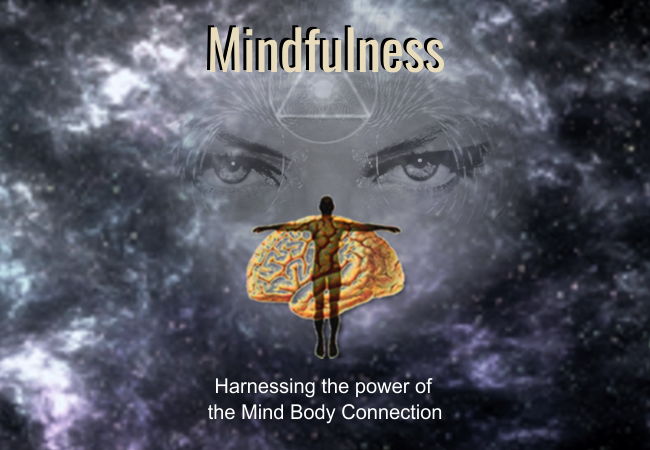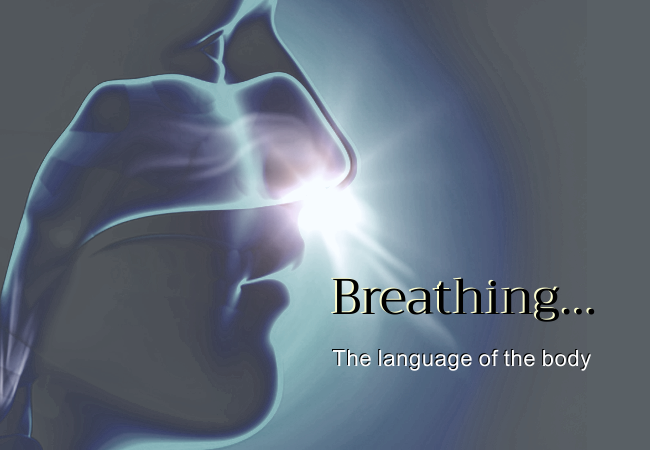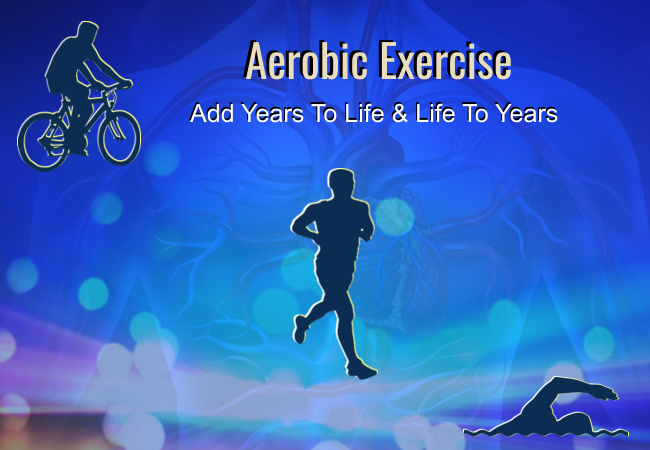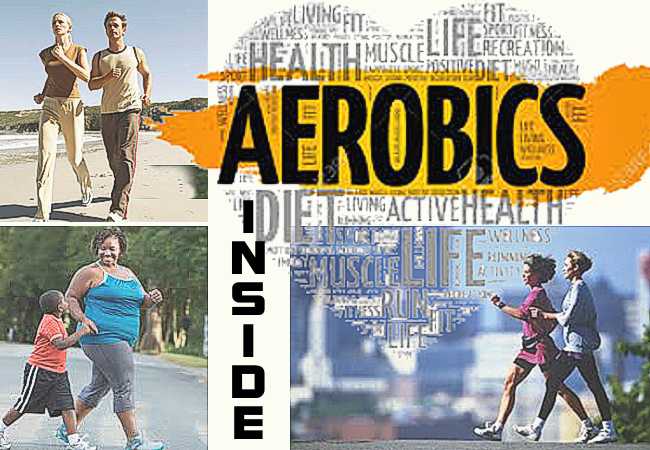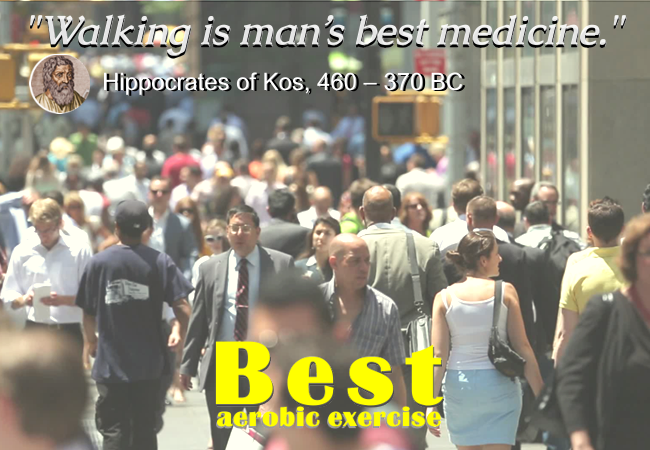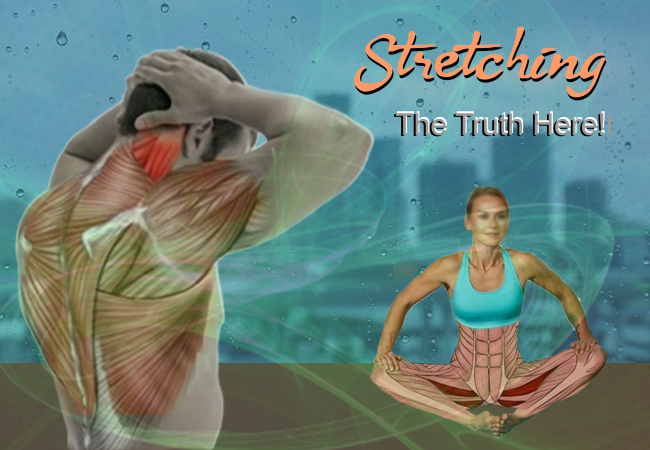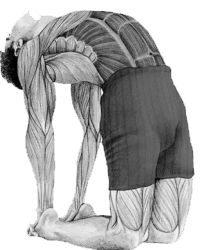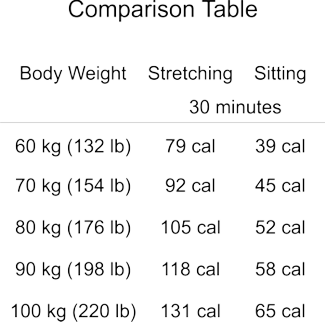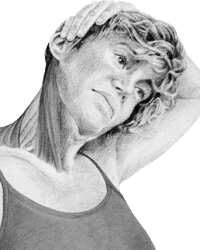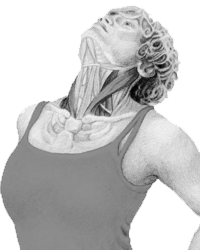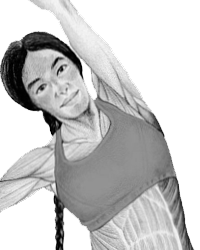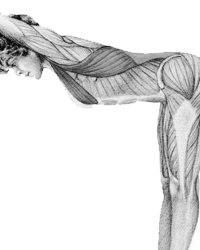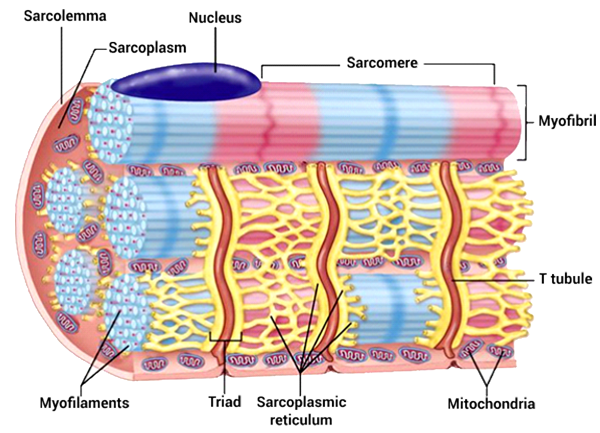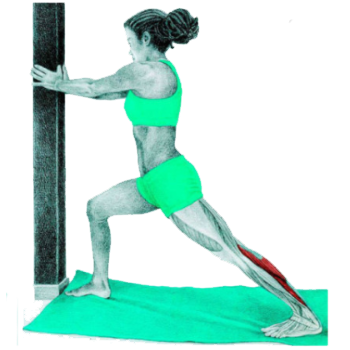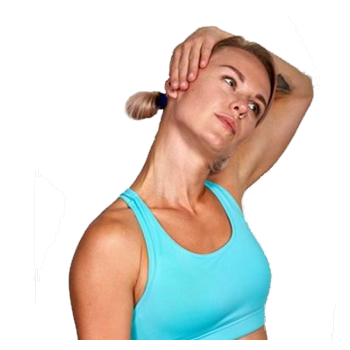“Our research suggests that static muscle stretching performed regularly can have a real impact by increasing blood flow to muscles in the lower leg.
This highlights that even individuals who struggle to walk due to pain or lack of mobility can undertake activity to possibly improve their health.”
"This is a very safe, easy intervention that can be done at home.
It is possible that greater stretch or stretch that increases steadily over a four-week period would have an even greater benefit.
It is also possible that greater benefit would be seen if the stretching continued for longer than four weeks.”
 Judy Muller-Delp
Judy Muller-Delp,
PhD.
Professor of Biomedical Sciences
at Florida State University.
"If you don't do anything to replace the lean muscle you lose, you'll increase the percentage of fat in your body. Because lean muscle contributes to movement, a more muscular body burns more calories per day, helping you manage your weight.”
 Edward Laskowski
Edward Laskowski,
MD.
Mayo Clinic physical medicine
and rehabilitation specialist.

